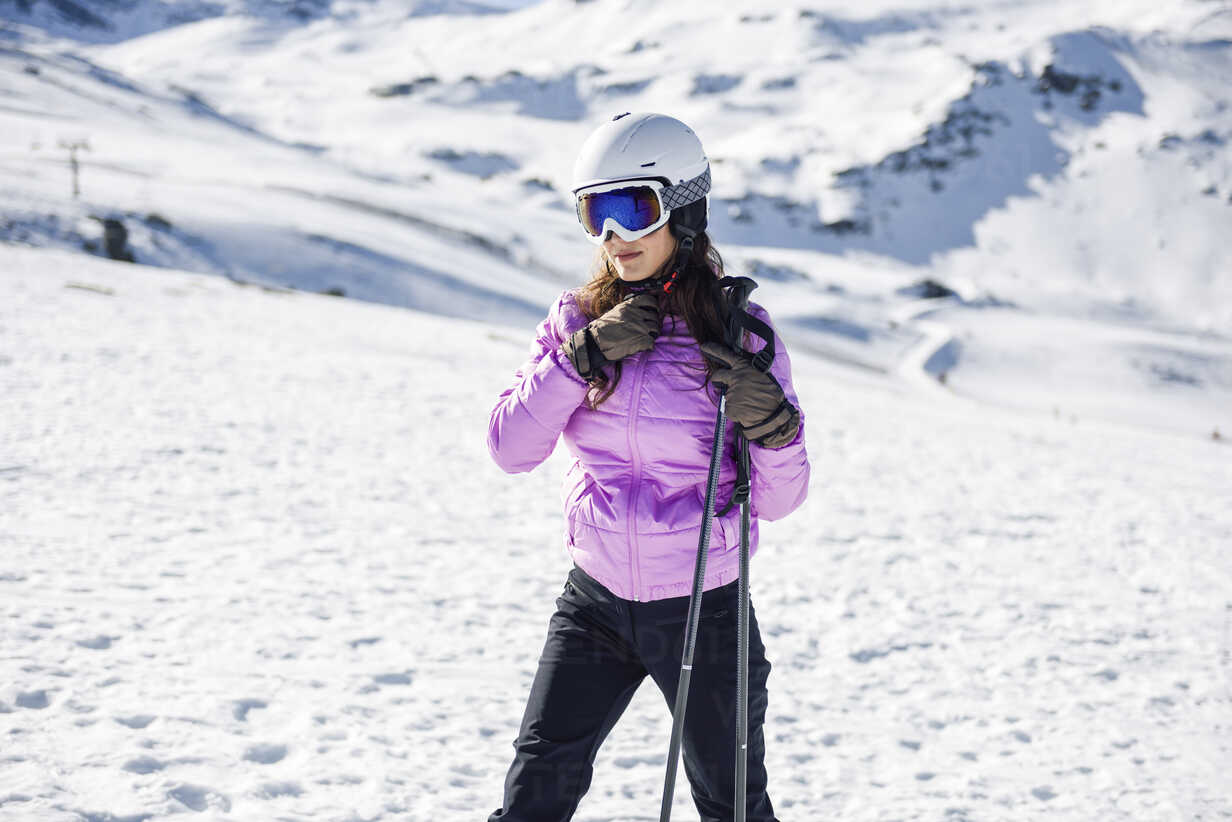For the average person, skiing means progress on level ground or downhill, purely for recreation, with no competition involved. For the trained competitor, skiing includes downhill, cross-country, shalom racing and jumping.
However, when it comes to skiing, particular attention should be given to clothing, since the proper kind is of utmost importance in this sport.
Costumes and Accessories

Your ski wardrobe includes underclothing socks, pants, jackets and windbreakers, shirts and sweaters, gloves and mittens, caps and knitted headbands and sun goggles – and the extensive range of the world’s best clothing is found only at Vast Outdoors.
Choose underclothing for warmth and snug fit allows freedom of movement. Long-sleeved, ankle-length garments of light wool or soft knitted garments of light wool or soft knitted fabrics are best. Since proper socks prevent blistered or cold and numb feet, wear a light inner pair under a heavy outer pair, with the outer pair about a half size larger. Wear your socks inside your ski pants so that they cannot pick up snow to melt into your boots.
Select pants, jackets and windbreakers of smooth, hard fabrics which are weatherproof, windproof, water-repellent and snow-resistant. Snow clings to soft wool or bulky materials and wets them too quickly. Choose pants that are zippered as bottoms pull off easily and be sure the bottoms have a webbing or elastic for under the foot to hold the pant leg down. Get jackets and windbreakers full enough to allow for several layers underneath. The sleeves should be long enough to stay under gloves or mittens and tight enough at the wrist to keep snow out of the sleeves – the waist should be long enough to cover the hips. Choose shirts and sweaters of light-weight wool or flannel. It is better to have two or three light-weight sweaters than one heavy one, then you can regulate your body temperature by removing one or more of them.
Two pairs of gloves or mittens are better than one. The under one should be of soft wool; the outer one of windbreaker material or leather. If the glove has a long cuff, you can pull this over the jacket wrist band. You will need a cap or headband to protect you against the snow and wind and unbreakable sun goggles to protect against the glare of the snow.
Boots

Your boots are the most important items in your ski wardrobe. You cannot ski well unless you have a comfortable kit that permits the movement of your toes. You must feel no undue pressure on the front of your ankles when you lean forward from the ankles. Your heels must have no free play in the boots when you rise on your toes. Your ankles and insteps must feel securely held in place. When you select your boots, fit them over two pairs of wool socks.
A ski boot has a thick leather sole, stiffened with a steel shank between its layers to prevent buckling or twisting and surfaced with a layer of corrugated rubber to prevent slipping. The boot heel generally has two notches, the lower one for a rigid binding of the heel spring for downhill skiing and the higher one for cross-country adjustment. The inside of the boot and the tongue should be lined and well padded, the boot toe roomy. The uppers should be of high-grade leather, stiff yet pliable enough to allow freedom of the ankle. Some boots come with a metal hinge sewn into the leather at the ankles or with steel-braced leather sections above the ankle which prevent the boot from bending sideways as the leather ages and softens. If you need additional support, use a leather ankle strap over your instep and around your ankle. Your lacing edges must fit well when you lace your boot. If they are too close, you cannot obtain a tight fit if the leather stretches – too widely-separated laces invite snow into your boot. Some boots have back lacings to fit the back tightly at the heel.
Keep shoes trees in your boots, especially when they are wet and dry. Polish your boots frequently with a wax-base shoe polish. Use a coat of linseed oil on the soles each season, but never use oil of any kind on the uppers.
From hiking equipment to winter skiing outdoor clothing, Vast Outdoors has everything you could ever need for a great adventure. So, reach out to them today!





